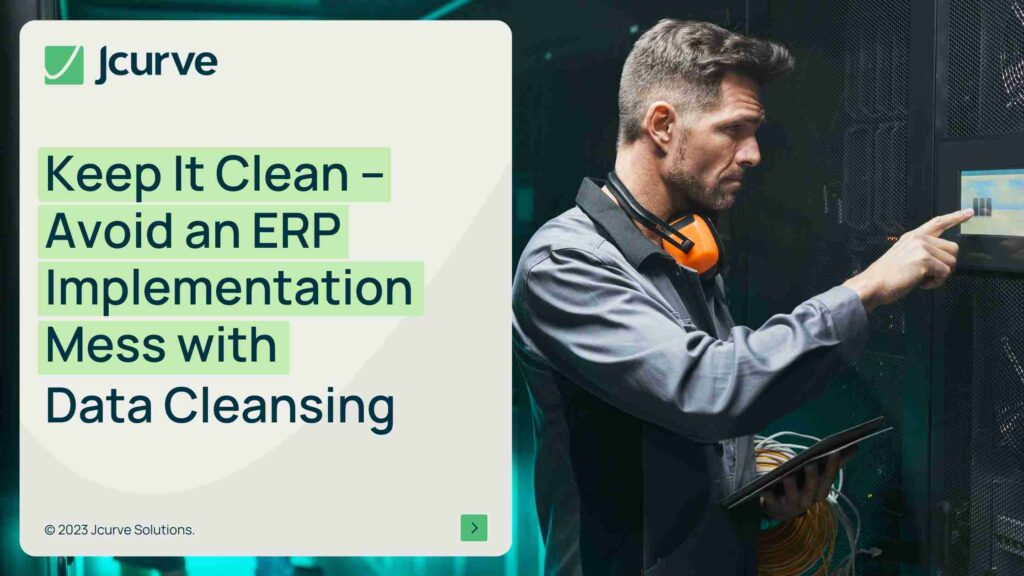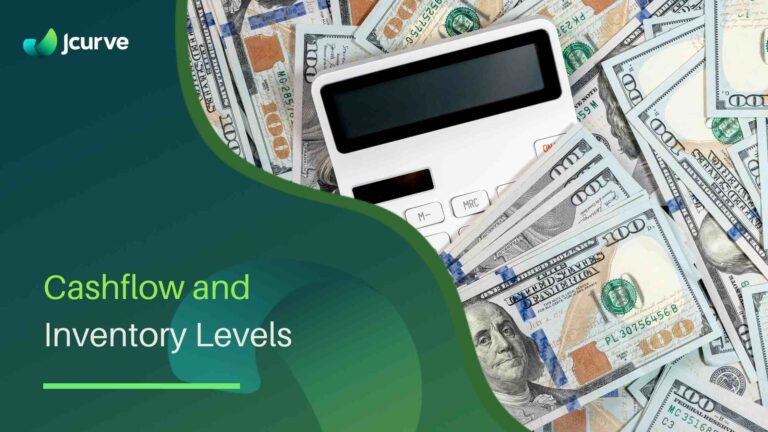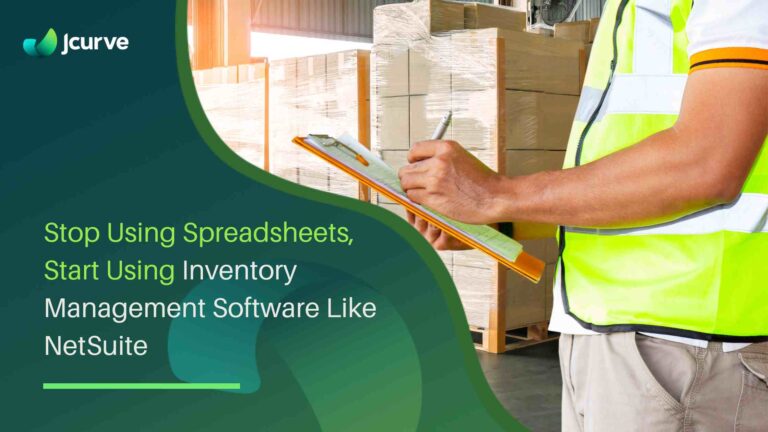About to undertake an ERP implementation in the Philippines? Here’s how to avoid potential disaster and see a more successful implementation by preparing your data properly.
Just like packing for a house move, preparing to migrate your business data to a new ERP system can be daunting. However, it’s essential for any new ERP implementation.
The Importance of Pre-Implementation Preparation
The time between deciding on an ERP system and starting the implementation is precious. Use this period wisely to clean up data, get rid of old and unruly details, and correct persistent issues that have been hindering your business operations. Preparing your data properly can make a significant difference in the implementation’s success.
Where to tidy up?

Decide whether to manage your data within your current systems or on exported spreadsheets before importing it into your new ERP system. As a rule of thumb, clean up as much as possible in the source system to maintain data integrity. For example, writing off old invoices in your accounting system will keep your balance sheet accurate, and discontinuing old products in your inventory system will reconcile nicely into your stock value.
Keep on top of things

Start a project journal using tools like Google Docs or Trello. This helps keep track of key changes and avoid discrepancies during the data clean-up process. Recording notes and decisions, creating checklists, and ticking them off as you go ensures your team works collaboratively on changes.
What to clean up
Focus on cleaning up the following areas:
- Products: Eliminate negative stock, sort out ledger out-of-balances, and discontinue obsolete products.
- Transactions: Resolve incomplete sales orders, outstanding invoices, and old quotes.
- Customers: Merge duplicates, correct missing email addresses, and handle customers who haven’t purchased in a long time.
Products:
- Get rid of negative stock. It’s never a good idea as it’s an indication there’s an error that needs to be corrected. Get your team to figure out the source of the problem and correct it. You will not be able to bring negative stock into any serious ERP system anyway.
- Ledger out-of-balances should also be sorted out and resolved prior to starting with your new ERP software. Ask your accountant to investigate and fix the issue once and for all.
- Products that have no stock and have not been sold in a while. These are the items you may want to either set as obsolete and leave behind or bring across to your new ERP system being marked as inactive.
- Products that aren’t really stock items, such as one-off items, freight, discounts, additional charges, and landed costs. There are usually better ways to handle these types of items in your new system. List them out, and discuss the best way to handle them in your new ERP system with your ERP implementation consultant or implementation partner.
- All the various and inventive uses for which your team has ever used miscellaneous items. Again, get a list together and review it with your implementation consultant to figure out the best ways to handle them going forward.
Transactions:
- All those incomplete or unwanted sales orders that have been left over.
- Any remaining scraps of purchase orders that will never actually be received.
- Any invoices that are still outstanding for one or two cents.
- Quotes that expired long, long ago.
- Credit notes that were never allocated to anything (don’t get rid of the credits of course, just allocate them).
Customers:
- Identify customers with no email addresses. ERP systems rely on emails to communicate orders, receipts, statements, and carry out CRM and marketing activities. Missing email addresses will limit your functionality. Correct them now, or at least identify the issue, be aware of the limitations, and put it on your stage 2 list.
- If possible, merge any duplicates. Just about every business ends up with customer names that were entered with slightly different spelling and with or without their Pty Ltd at the end. If your current system does not have a merging option, see if there is a simple way to leave one of the duplicates behind without damaging data integrity, or take a note to merge them in the new system.
- Customers that haven’t purchase in a long time. Either leave them behind or bring them across either as leads to nurture or as dead leads (do not contact).
- Any information that’s ended up in the wrong fields, such as email addresses in phone number fields, or phone numbers saying ‘Mary’. Some of this incorrect data can fail the import of data into your new ERP software, while others just create a mess being carried over.
What not to do

Avoid trying to implement too many changes during the ERP implementation. Adding excessive new structures or processes can complicate the migration and overwhelm your staff. There will be time post-implementation to revisit additional process changes.
The Necessity of Cleaning
Taking a well-thought-out approach to data cleansing ensures your business data gets the necessary spring clean. This leads to greater success in your ERP implementation and maximises your investment throughout the process and ongoing improvements thereafter.
By following these steps, businesses in the Philippines can achieve a more successful ERP implementation, ensuring their new system operates smoothly and efficiently from the start.










